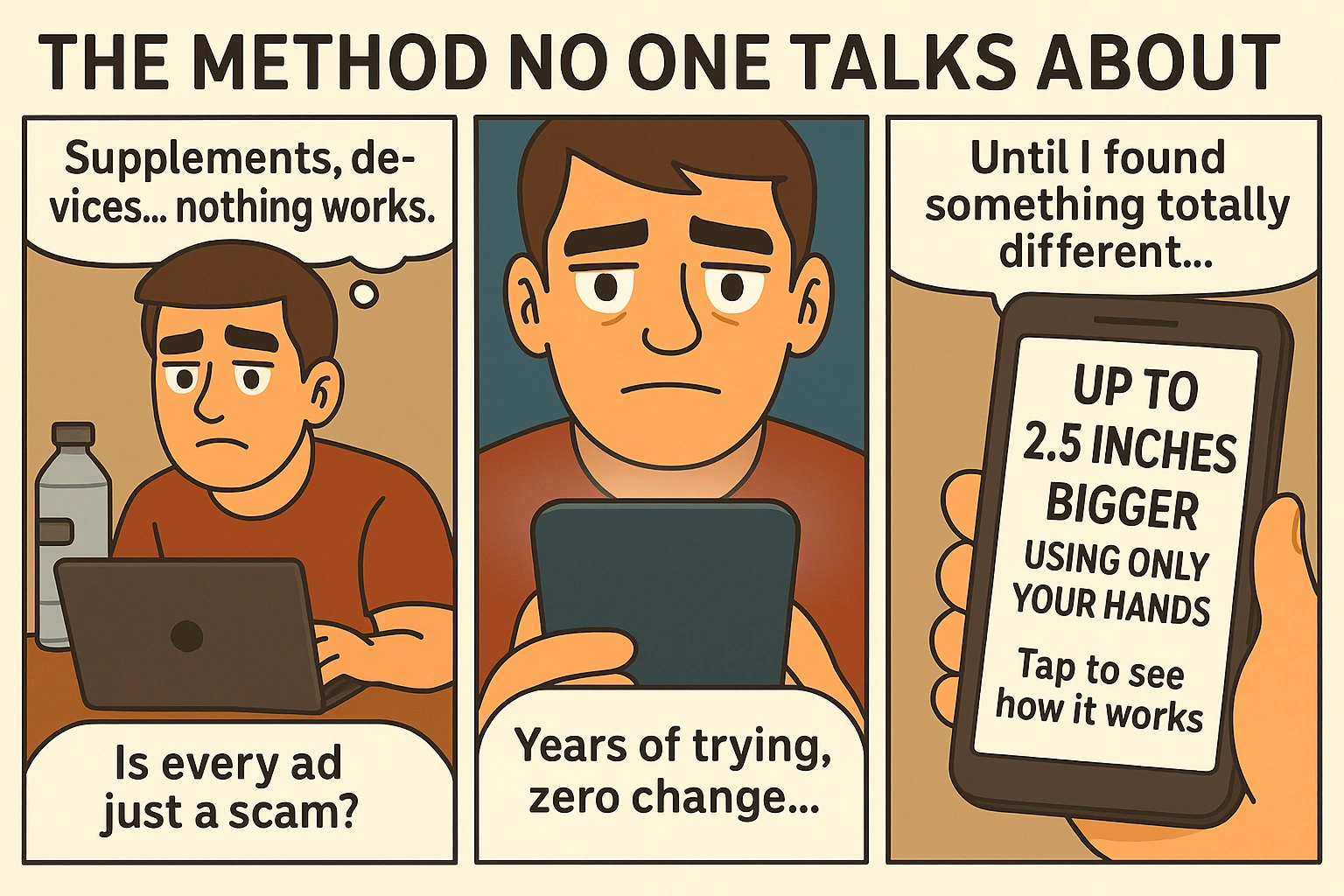Not Waking Up Hard Anymore? What It Really Says About Your Testosterone
Waking up with a hard-on isn’t just a random bodily quirk — it’s actually a vital sign of your sexual health. Morning wood, or nocturnal penile tumescence (NPT), is often linked to testosterone levels. But is morning wood a sign of healthy testosterone? Let’s break down what this daily phenomenon really reveals about your hormones, health, and performance.
What Is Morning Wood?
Morning wood refers to spontaneous erections that occur during REM (rapid eye movement) sleep, typically when you’re dreaming. These erections can happen several times during the night, and the one you notice upon waking is simply the final cycle.
Why Do Erections Happen During Sleep?
The body performs nightly “function checks” on various systems, and erections are part of that. NPT is your body’s way of keeping your erectile tissue oxygenated, elastic, and responsive. It’s a sign that blood flow, nerve function, and hormonal balance are working correctly.
The Link Between Morning Wood and Testosterone
Testosterone levels peak in the early morning — usually around 6 to 8 AM. This hormonal spike contributes to increased blood flow and heightened sensitivity, making spontaneous erections more likely. Therefore, regular morning wood is a reliable indicator of healthy testosterone production.
What If You Stop Getting Morning Wood?
A noticeable decline or absence of morning wood may suggest:
- Low testosterone (hypogonadism)
- Poor blood circulation
- Neurological issues
- Chronic stress or elevated cortisol
- Sleep deprivation or poor REM sleep
- Substance abuse (alcohol, opioids, etc.)
How to Use Morning Wood as a Health Indicator
Think of it as a built-in diagnostic tool. Regular morning erections = solid performance potential. Irregular or absent morning wood = a potential signal to investigate your hormones, sleep, or cardiovascular health.
Can Morning Wood Predict Sexual Performance?
Absolutely. Men who consistently wake up with erections tend to have better blood flow, stronger libido, and balanced hormones. It doesn’t guarantee amazing sex, but it certainly means the body is ready for action when the mind is in sync.
Natural Ways to Support Morning Wood and Testosterone
1. Sleep Better
Testosterone is produced during deep sleep. Poor sleep reduces production and disrupts REM cycles. Aim for 7–9 hours of uninterrupted sleep nightly. Avoid blue light and caffeine late at night.
2. Exercise Regularly
Weight training and HIIT workouts boost natural testosterone and increase blood flow. Even brisk walking for 30 minutes a day can help.
3. Reduce Body Fat
Excess fat (especially belly fat) lowers testosterone and increases estrogen. A leaner physique supports both hormonal balance and circulation.
4. Eat Testosterone-Boosting Foods
Focus on zinc, magnesium, and healthy fats:
- Eggs, oysters, beef
- Spinach, kale, avocados
- Brazil nuts and pumpkin seeds
5. Limit Alcohol and Eliminate Smoking
Both directly suppress testosterone and reduce nocturnal erections. Cut back on drinks and ditch the cigarettes if you want to bring back the wood.
6. Try Cold Exposure and Breathwork
Cold showers and deep breathing exercises have been shown to boost testosterone and reduce cortisol — a winning combo for erection quality.
7. Manage Stress
High cortisol suppresses testosterone and disrupts sleep. Meditation, journaling, or even light nature walks can bring cortisol down and let your morning wood rise again.
8. Consider Natural Testosterone Boosters
Some herbal supplements like ashwagandha, tongkat ali, and fenugreek have been shown to support testosterone levels. Pair these with a healthy lifestyle for best results.
How Often Should You Get Morning Wood?
Most healthy men experience 3–5 erections per night, but you’ll only notice the last one — the morning wood. If you wake up with an erection 4–6 times per week, it’s a strong sign your sexual system is working optimally.
Other Hormonal Factors Involved
Besides testosterone, hormones like dopamine, oxytocin, and growth hormone play roles in erection quality. That’s why emotional health, connection, and sleep quality all feed into your ability to achieve and maintain morning wood.
Want to Improve Your Testosterone Naturally?
Check out our complete guide at supremepenis.com where we break down the best foods, workouts, supplements, and habits for optimal male hormone health. You’ll also find exclusive tips to improve erection strength and confidence.
Conclusion
So, is morning wood a sign of healthy testosterone? Yes — it’s one of the most direct and natural signals your body can send. Make it a daily check-in with your manhood, and take action if things start to fade. For more expert advice, visit our blog at supremepenis.com/blog.
Morning Wood in Different Age Groups
Morning erections are more frequent and intense during adolescence and early adulthood, when testosterone peaks. As men age, frequency may decline — but that doesn’t mean it’s gone for good. Men in their 30s, 40s, and even 60s can still experience morning wood if their hormonal and vascular systems are healthy. If you’re over 40 and still waking up hard, it’s a very good sign.
REM Sleep and Erections: The Overlooked Connection
Each cycle of REM sleep is associated with a spontaneous erection. That means you don’t just get one erection — you get several each night. If you’re not experiencing morning wood, it may not be testosterone — it could be that you’re not hitting REM deeply enough. Fix your sleep hygiene first before assuming a hormonal issue.
What the Science Says About Morning Wood
Studies show that healthy men typically have 3 to 5 erections per night, independent of sexual stimulation. These are triggered by REM sleep and supported by high morning testosterone levels. Research published in the journal Endocrinology confirms that men with lower testosterone tend to experience fewer nocturnal erections.
Does Lack of Morning Wood Mean Erectile Dysfunction?
Not always. Morning wood is spontaneous and doesn’t involve psychological arousal. ED, on the other hand, is often related to stress, anxiety, or performance pressure. If you get morning wood but struggle during sex, the issue may be psychological. If you lack both, it could point to a deeper vascular or hormonal imbalance.
Common Mistakes That Sabotage Morning Erections
- Eating heavy meals right before bed
- Overuse of screens or blue light exposure
- Going to sleep too late (after 1AM disrupts testosterone rhythm)
- Drinking alcohol within 2 hours of sleep
- Sleeping in overheated environments
Addressing these small habits can dramatically improve sleep quality — and in turn, bring your morning wood back online.
Track Your Progress Like a Biohacker
Start keeping track of how often you wake up with an erection. Apps or a simple notebook will do. Note what you ate, how you slept, and how you felt the day before. Patterns will emerge — and you’ll know what supports your performance best.
Final Tip: Combine Strategies for Faster Results
Sleep optimization, strength training, stress reduction, and testosterone-friendly nutrition work even better when combined. You don’t need to be perfect — just consistent. Within weeks, you’ll notice stronger, more regular morning erections and overall improvements in sex drive and stamina.
 Is Morning Wood a Sign of Healthy Testosterone? What It Really Means for Men – strength and sexual wellness theme – via supremepenis.com
Is Morning Wood a Sign of Healthy Testosterone? What It Really Means for Men – strength and sexual wellness theme – via supremepenis.com







